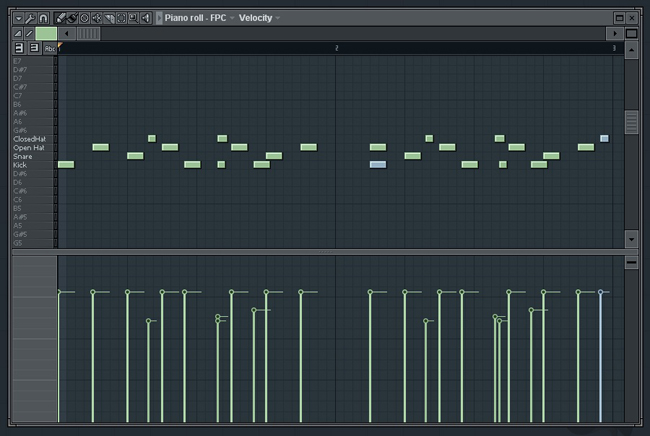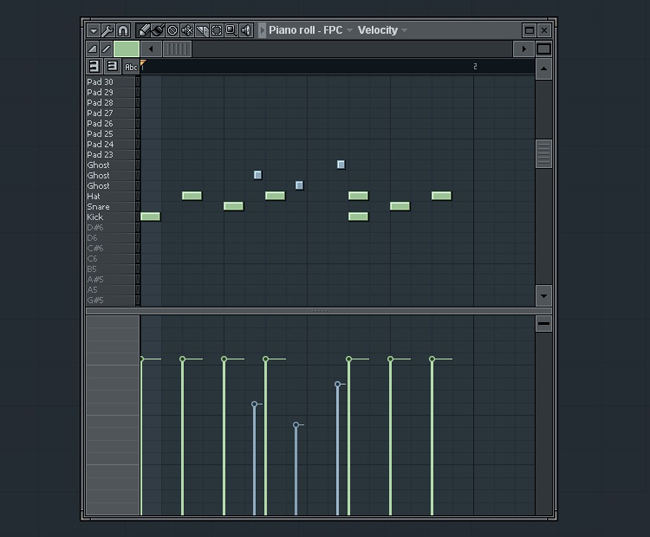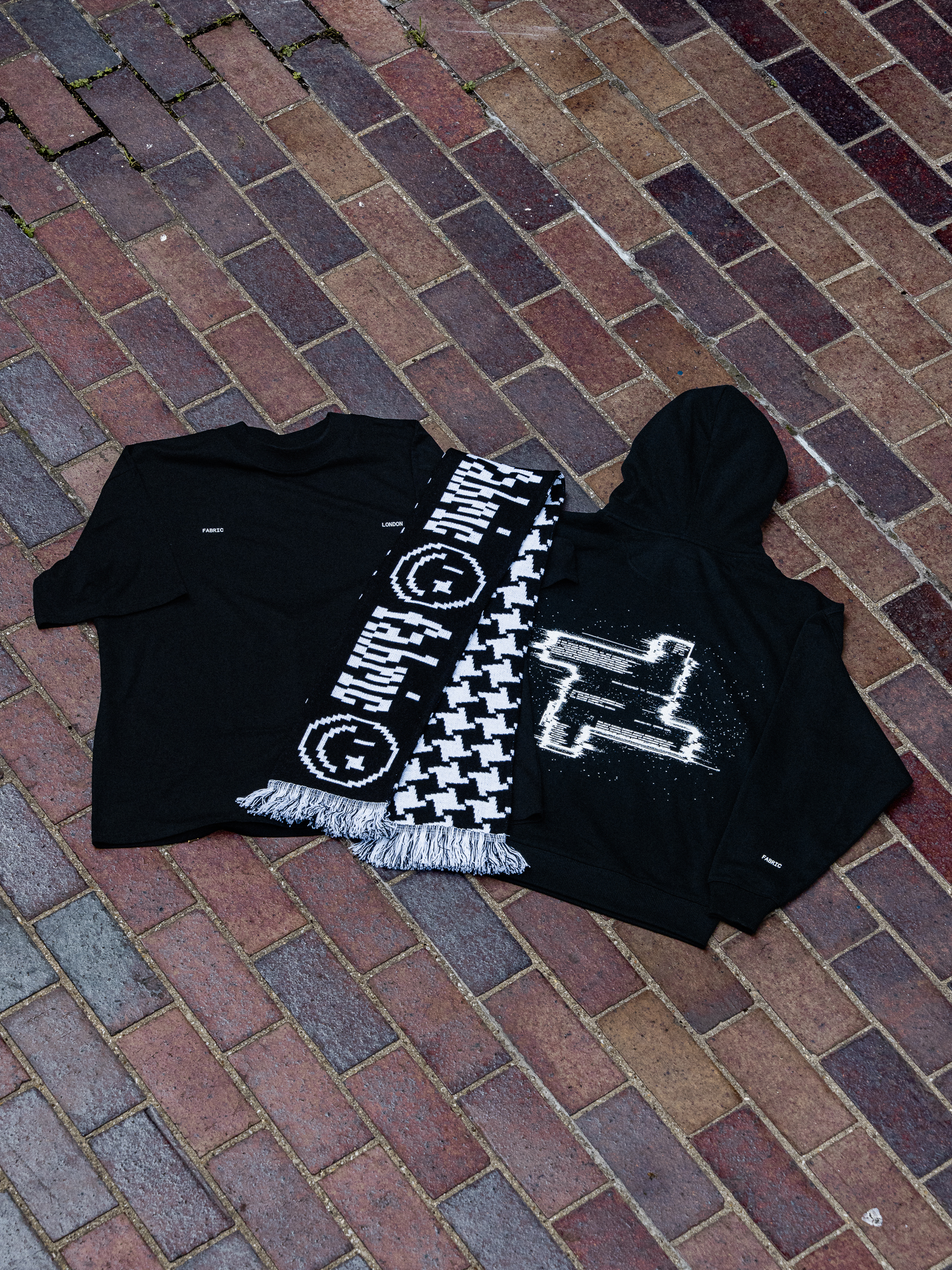News
Keysound Blog Takeover: Sully's Guide To Swing
 When introducing the work of Sully, aka Jack Stevens, its impossible not to draw attention to his commendable command of swung rhythms. Across his work for labels like Frijsfo and Keysound - the latter of which became home to his debut album, Carrier, late last year - Stevens consistently hits these supple levels of flex that seem out of reach to other producers. When Sonic Router called him out on it back in November he revealed that there is no real secret to how he does it, apparently he’s “just feeling it out, messing with the time.”
“The sounds are as crucial as the timing though,” he continues. “You have your kicks and snares that sit on the strong beats and everything else orbits around them.” He might make it sound straightforward and simple but there’s something so intrinsically tough about his drums and the way they saunter about his tracks that we figured we’d ask him properly for some pointers. Ahead of his appearance in Room Three for the Keysound label takeover he kindly obliged, providing a five point plan in what we’re calling ‘Sully’s Guide to Swing’...
1: The Drum Track
The drum track is just the framework everything else hangs off, real swinging tunes have everything tucked into the groove so the bassline, drums, vocal chops and synth sweeps all dance around each other. Steve Gurley was a don with this, this section in his Walk On By remix is like one continuous sentence.
Steve Gurley - Walk On By.mp3
2: Tight Drums
You need tight drums - pitched up, cut short and EQ'd to sit in their own space. No heavy mid range or booming kicks, no reverb tails to fill the space. Good 2 step drums have plenty of room between them, rhythmically and sonically, shifting the focus over the frequencies. This Groove Chronical drum track is a choice example, there's so much space in it.
When introducing the work of Sully, aka Jack Stevens, its impossible not to draw attention to his commendable command of swung rhythms. Across his work for labels like Frijsfo and Keysound - the latter of which became home to his debut album, Carrier, late last year - Stevens consistently hits these supple levels of flex that seem out of reach to other producers. When Sonic Router called him out on it back in November he revealed that there is no real secret to how he does it, apparently he’s “just feeling it out, messing with the time.”
“The sounds are as crucial as the timing though,” he continues. “You have your kicks and snares that sit on the strong beats and everything else orbits around them.” He might make it sound straightforward and simple but there’s something so intrinsically tough about his drums and the way they saunter about his tracks that we figured we’d ask him properly for some pointers. Ahead of his appearance in Room Three for the Keysound label takeover he kindly obliged, providing a five point plan in what we’re calling ‘Sully’s Guide to Swing’...
1: The Drum Track
The drum track is just the framework everything else hangs off, real swinging tunes have everything tucked into the groove so the bassline, drums, vocal chops and synth sweeps all dance around each other. Steve Gurley was a don with this, this section in his Walk On By remix is like one continuous sentence.
Steve Gurley - Walk On By.mp3
2: Tight Drums
You need tight drums - pitched up, cut short and EQ'd to sit in their own space. No heavy mid range or booming kicks, no reverb tails to fill the space. Good 2 step drums have plenty of room between them, rhythmically and sonically, shifting the focus over the frequencies. This Groove Chronical drum track is a choice example, there's so much space in it.
 3: Long Grooves
Real rolling tracks have grooves going over 2 or more bars, keeping the movement and letting things flow. Even just slipping the kick off beat one gives a phrase a load more fluidity.
3: Long Grooves
Real rolling tracks have grooves going over 2 or more bars, keeping the movement and letting things flow. Even just slipping the kick off beat one gives a phrase a load more fluidity.
 4: Offbeats
They're not even swung but the offbeat 8ths are vital in shuffled garage. These are the beats that give ska its skank and they do the same here - they lift up the groove and give continuous momentum. Strong percussion (like an open hi-hat) on these notes is the closest thing to a hard and fast rule with 2 step beats. Even in a tune like 'Buck and Bury', where the groove is so liquid, the offbeat hats are constantly hammering away and really pin the whole thing together.
4: Offbeats
They're not even swung but the offbeat 8ths are vital in shuffled garage. These are the beats that give ska its skank and they do the same here - they lift up the groove and give continuous momentum. Strong percussion (like an open hi-hat) on these notes is the closest thing to a hard and fast rule with 2 step beats. Even in a tune like 'Buck and Bury', where the groove is so liquid, the offbeat hats are constantly hammering away and really pin the whole thing together.
 5: Ghost Notes
When done right, the least prominent notes are the ones with the most flair. This beat is totally straight except for the notes in blue, which turn a rigid 2-step into something with flex and bounce - they sit in the background but are really the life of the rhythm. A few well placed hits like this work magic but too many will get cluttered. It's all about the balance.
5: Ghost Notes
When done right, the least prominent notes are the ones with the most flair. This beat is totally straight except for the notes in blue, which turn a rigid 2-step into something with flex and bounce - they sit in the background but are really the life of the rhythm. A few well placed hits like this work magic but too many will get cluttered. It's all about the balance.
 Catch Sully at the Keysound takeover of Room Three on Friday night.
Catch Sully at the Keysound takeover of Room Three on Friday night.
Tags
No items found.


.jpg)

